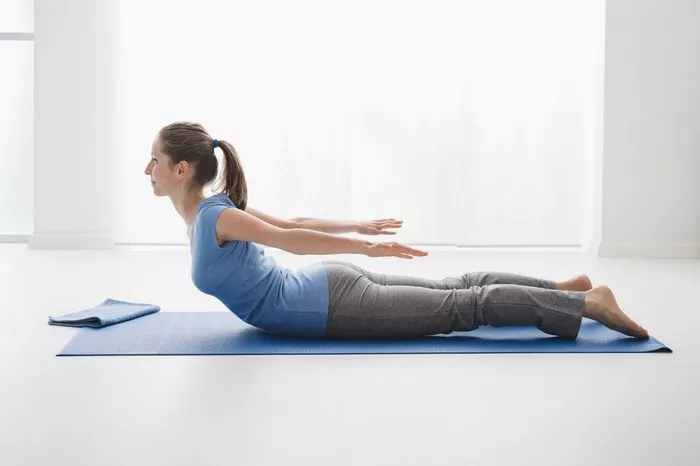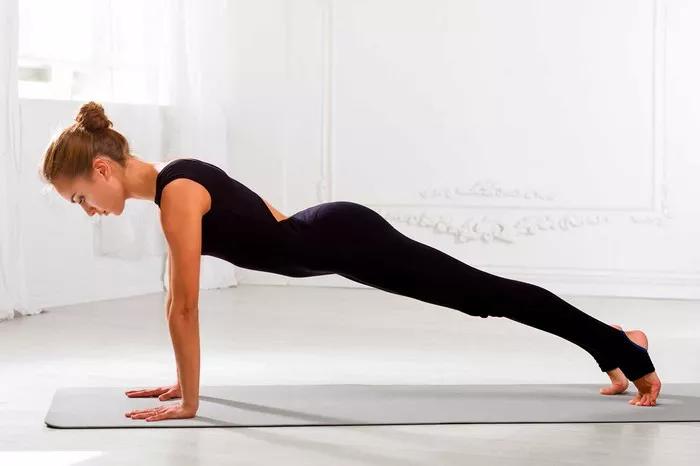Camel Pose, or Ustrasana in Sanskrit, is a deep backbend that stretches the entire front body, strengthens the back muscles, and opens up the chest and heart. This pose can be both invigorating and deeply restorative for many practitioners. However, like all yoga poses, Ustrasana is not suitable for everyone, and there are certain groups of individuals who should avoid this pose or practice it with caution.
In this article, we will explore who should not do Camel Pose, highlighting the potential risks, contraindications, and alternative practices for those who may have certain health conditions or physical limitations. Understanding the safety considerations surrounding Camel Pose will help you make informed choices about whether to incorporate it into your practice, or whether an alternative approach might be more appropriate.
What is Camel Pose?
Before we dive into who should avoid Camel Pose, let’s first explore the pose itself.
Camel Pose is a kneeling backbend where the practitioner begins in a kneeling position, with knees hip-width apart. The hands reach back to grasp the heels, the chest opens wide, and the back arches, creating an intense stretch in the front of the body. This pose is designed to stretch the thighs, hips, abdomen, chest, and throat while strengthening the spine and promoting overall flexibility.
It’s important to note that while Camel Pose has many benefits, it is also an advanced backbend that requires strength, flexibility, and proper alignment. The pose can sometimes feel intense, especially for beginners or those with certain physical limitations.
General Benefits of Camel Pose
Before we delve into who should avoid Camel Pose, it’s helpful to understand its positive effects on the body:
Opens the chest and heart: The pose stretches the chest and lungs, promoting deep breathing and improved lung capacity. It can be emotionally uplifting, helping to relieve stress and anxiety.
Improves spine flexibility: Ustrasana stretches and strengthens the spine, helping to improve spinal mobility and posture.
Stretches the entire front body: The pose deeply stretches the hip flexors, abdomen, and quads, promoting flexibility in the front of the body.
Strengthens the back: While the pose creates an intense stretch in the front body, it also strengthens the muscles of the lower back, helping to prevent injury and improve posture.
Stimulates the thyroid and endocrine system: The backbend position can stimulate the thyroid gland and improve circulation in the neck and throat area.
Who Should Not Do Camel Pose?
Though Camel Pose offers many benefits, it is not appropriate for everyone. Let’s examine several categories of people who should avoid this pose or approach it with caution.
1. People with Severe Back Problems
Camel Pose is a deep backbend that places significant pressure on the spine. Individuals with severe lower back issues, such as:
- Herniated discs
- Degenerative disc disease
- Spinal stenosis
- Sciatica
should avoid this pose, as the deep arch could exacerbate existing spinal problems, potentially leading to increased pain, further injury, or nerve compression.
For those with less severe back issues or those recovering from back injuries, Camel Pose may still be practiced with modifications and under the guidance of a qualified instructor. However, those with significant or chronic back conditions should consult a healthcare provider before attempting this or any deep backbend.
2. Individuals with Neck Issues
Camel Pose involves extending the back and often requires the neck to move into extension as well. This can be problematic for individuals who have:
- Neck pain or injury
- Cervical spine issues
- Pinched nerves in the neck
The position of the head in Camel Pose can strain the cervical spine (neck), especially if the neck is hyper-extended or if the practitioner does not maintain proper alignment. For those with neck issues, it’s important to avoid overextending the neck. Instead, practitioners can keep the head in a neutral position or avoid the pose altogether.
3. People with High Blood Pressure or Heart Conditions
Deep backbends like Camel Pose can be intense and may elevate the heart rate, which could be problematic for individuals with certain cardiovascular conditions or high blood pressure.
- Hypertension (High blood pressure)
- Heart disease
- History of heart attacks or strokes
For those with high blood pressure, the inversion of the head, combined with the deep stretch, could cause a sudden rise in pressure, leading to dizziness, lightheadedness, or even a cardiovascular event. Practitioners with heart conditions should avoid deep backbends or consult a physician before incorporating them into their practice.
4. Pregnant Women
Pregnancy is a time when the body undergoes significant changes, and certain poses need to be modified or avoided altogether. In the case of Camel Pose, several factors make it unsuitable for pregnant women, especially during the later stages of pregnancy.
Pressure on the abdomen: Camel Pose can place pressure on the abdomen and internal organs, which can be uncomfortable or even unsafe for both the mother and baby.
Balance concerns: As pregnancy progresses, a woman’s center of gravity shifts, and balance can become more challenging. Camel Pose involves arching the back and can compromise stability.
Risk of overstretching: Pregnancy can cause an increase in the flexibility of ligaments due to hormonal changes, which increases the risk of overstretching and joint injury.
While Camel Pose can be practiced safely in early pregnancy by some women with the right modifications, it’s best to consult with a healthcare provider before attempting any backbends. Most prenatal yoga classes will provide safe alternatives to deep backbends.
5. People with Knee Problems
Camel Pose requires a kneeling position, and those with knee problems, such as:
- Knee injuries
- Arthritis
- Chronic knee pain
should avoid or modify the pose. Kneeling can place strain on the knees, and the deep arching of the back in Camel Pose may exacerbate discomfort in the knees. Individuals with knee problems can practice Camel Pose with blankets or cushions placed beneath the knees to provide extra padding and support.
Alternatively, practitioners with knee issues might choose poses that don’t require kneeling, such as supported backbends like Bridge Pose or Supta Baddha Konasana, which can offer similar benefits without straining the knees.
6. People with Respiratory Conditions
While Camel Pose is excellent for opening the chest and improving lung capacity, individuals with certain respiratory conditions such as:
- Asthma
- Chronic obstructive pulmonary disease (COPD)
- Severe allergies
may find it difficult to breathe deeply while in the pose. The chest opening combined with the deep backbend can be challenging for people who have difficulty breathing, as it may constrict the airflow or cause shortness of breath.
If you have a respiratory condition and would like to practice Camel Pose, ensure that you are doing so in a controlled manner, with awareness of your breath. If any discomfort arises, modify the pose or avoid it entirely.
7. Individuals with Digestive Issues
Camel Pose can sometimes place pressure on the abdominal organs, which might exacerbate certain digestive issues, especially for those with:
- Irritable bowel syndrome (IBS)
- Acid reflux
- Bloating or abdominal discomfort
The deep stretch in the abdomen, combined with the backbend, may cause discomfort or even worsen symptoms like acid reflux. If you have digestive issues, you may want to practice Camel Pose with modifications to support the abdominal region or avoid the pose until you’re feeling better.
Modifications and Alternatives
For those who cannot practice Camel Pose or wish to modify the pose, there are several alternatives and modifications that can offer similar benefits while maintaining safety.
Use Blocks or Blankets: For practitioners with knee problems, placing a blanket or cushion under the knees can reduce pressure and provide more comfort during Camel Pose.
Avoid the Full Backbend: Instead of reaching the hands to the heels, try placing the hands on the lower back or hips, which will reduce the intensity of the backbend and offer more support to the spine.
Practice Supported Backbends: Poses like Bridge Pose or Cobra Pose provide a gentle backbend without requiring deep spinal extension. These can be good alternatives for those who find Camel Pose too intense.
Open the Chest Without a Backbend: If Camel Pose is contraindicated, you can focus on opening the chest using poses like Chest Opener Pose or Supta Baddha Konasana.
Prone Backbends: Poses like Sphinx Pose or Locust Pose offer a way to strengthen the back and stretch the front body without the deep spinal extension required in Camel Pose.
Conclusion
While Camel Pose offers a wide range of benefits, it is not suitable for everyone. People with certain back conditions, neck issues, heart conditions, pregnancy, knee pain, respiratory difficulties, or digestive issues should either avoid the pose or practice it with caution and appropriate modifications. Always listen to your body and consult with a healthcare provider if you are unsure whether Camel Pose is safe for you.
By understanding the contraindications of Camel Pose and utilizing modifications or alternative poses, you can create a practice that supports your body’s unique needs and keeps you safe on your yoga journey. Remember, yoga is about honoring your body, and it’s essential to choose poses that serve your individual health and well-being.
Related Topics:























